- Hello Activity
- 大阪
- ミナミエリア/心斎橋・なんば・日本橋
- 日本の文化を体験する
- 着物体験やコスプレをする
- もの作りを体験する
- Osaka Castle ➤ Learning Japanese Zen Calligraphy in Kimono
【アクティビティ概要】
First, students change into kimono and learn the spirit and basic manners of Japanese calligraphy. After practicing brush strokes, students choose a kanji of their choice to write with.
【プラン概要】
【Explanation】
First, we will explain what calligraphy is.
We will start with an explanation of what calligraphy is, followed by an explanation of the attitude and tools used.
The difference between calligraphy and Japanese "shodo" (calligraphy as a form of character decoration), which also exists overseas, will be more deeply understood.
Calligraphy is a traditional Japanese culture that uses a brush and ink to express characters artistically, and is appreciated for the neatness of the characters, the way the brush is carried, the shade of the ink, and the beauty of the overall arrangement.
The instructor will explain how to hold the brush and how to use the tools.
Please choose your favorite Japanese Kanji character to try in this experience. Each kanji has various meanings. Japanese has been chosen as "the most difficult language to learn", and we hope you will deeply appreciate the beauty of kanji by understanding them and writing them with a brush.
【Practice】
Calligraphy has a delicate sense of beauty, and the subtle changes in fine lines, dots, and shading enhance its beauty.
There is also an aesthetic sense of stillness, and it is important to keep one's mind quiet and focused when writing characters. In addition, it is essentially important to perform basic manners, such as sitting upright, keeping the back straight, and holding the brush upright.
In calligraphy, there are basic techniques such as "tome," "hane," and "harai," which should be practiced.
Even beginners can learn how to carry a brush by practicing repeatedly.
It is important to note, however, that it is important to understand the techniques used, rather than just practicing in the dark. It is more effective to practice only after you understand the technique.
Learn the stroke order of the chosen kanji.
Learn by observing the teacher's demonstration with a model.
Japanese aesthetic sense has "beauty of margins" and it is believed that by being conscious of margins, not only letters but also spaces become more beautiful.
Please practice the kanji you have just chosen with an awareness of the technique.
【Special】
The teacher has applied kanji to the foreign name of a client and come up with a Japanese-style name written in kanji. Since each kanji character has its own meaning, you should know what meaning the character used in your name has.
【Seisaku】
You will be asked to write the kanji you have chosen on the calligraphy paper, keeping in mind what you have learned so far.
The folding fan is a tool that is still very familiar to the Japanese people as it is used at various milestones in life. The participants will also write on a Japanese fan, which was born in Japan.
【Photo Shooting】
【Souvenirs】
We will write your artwork on the bag of the teacher's original work and your name in Japanese characters on the wooden tag. These are given to you as a token of our appreciation for your experience of traditional Japanese culture.
【おすすめポイント】
➤Please observe and learn from the teacher's demonstration by example.
➤Practice basic brush strokes such as "tome", "hane", and "hara".
➤Your name is converted into Kanji and a calligraphy master writes a stroke
【所要時間】
60min
【送迎】
➤No Transportation
➤No Pick up and drop off at train station or hotel
【含まれるもの】
➤ Samurai Clothing
➤ Wear Samurai Armor *indoors
➤ English speaking staff
➤ Certified professional instructor
➤ Tax
➤ Tips
➤ Photo Shooting - Send data to designated e-mail address
【必要な持ち物】
T-shirt
【注意事項】
By train
1.1-minute walk from Osaka Business Park Station (Exit 1) on the Osaka Municipal Subway
2.Approx. 2 minutes walk from "Osaka Castle Park" Station on JR Osaka Municipal Subway L
3. Approx. 10 minutes walk from West Exit of Kyobashi Station on JR
この体験を通報する
First, students change into kimono and learn the spirit and basic manners of Japanese calligraphy. After practicing brush strokes, students choose a kanji of their choice to write with.
【プラン概要】
【Explanation】
First, we will explain what calligraphy is.
We will start with an explanation of what calligraphy is, followed by an explanation of the attitude and tools used.
The difference between calligraphy and Japanese "shodo" (calligraphy as a form of character decoration), which also exists overseas, will be more deeply understood.
Calligraphy is a traditional Japanese culture that uses a brush and ink to express characters artistically, and is appreciated for the neatness of the characters, the way the brush is carried, the shade of the ink, and the beauty of the overall arrangement.
The instructor will explain how to hold the brush and how to use the tools.
Please choose your favorite Japanese Kanji character to try in this experience. Each kanji has various meanings. Japanese has been chosen as "the most difficult language to learn", and we hope you will deeply appreciate the beauty of kanji by understanding them and writing them with a brush.
【Practice】
Calligraphy has a delicate sense of beauty, and the subtle changes in fine lines, dots, and shading enhance its beauty.
There is also an aesthetic sense of stillness, and it is important to keep one's mind quiet and focused when writing characters. In addition, it is essentially important to perform basic manners, such as sitting upright, keeping the back straight, and holding the brush upright.
In calligraphy, there are basic techniques such as "tome," "hane," and "harai," which should be practiced.
Even beginners can learn how to carry a brush by practicing repeatedly.
It is important to note, however, that it is important to understand the techniques used, rather than just practicing in the dark. It is more effective to practice only after you understand the technique.
Learn the stroke order of the chosen kanji.
Learn by observing the teacher's demonstration with a model.
Japanese aesthetic sense has "beauty of margins" and it is believed that by being conscious of margins, not only letters but also spaces become more beautiful.
Please practice the kanji you have just chosen with an awareness of the technique.
【Special】
The teacher has applied kanji to the foreign name of a client and come up with a Japanese-style name written in kanji. Since each kanji character has its own meaning, you should know what meaning the character used in your name has.
【Seisaku】
You will be asked to write the kanji you have chosen on the calligraphy paper, keeping in mind what you have learned so far.
The folding fan is a tool that is still very familiar to the Japanese people as it is used at various milestones in life. The participants will also write on a Japanese fan, which was born in Japan.
【Photo Shooting】
【Souvenirs】
We will write your artwork on the bag of the teacher's original work and your name in Japanese characters on the wooden tag. These are given to you as a token of our appreciation for your experience of traditional Japanese culture.
【おすすめポイント】
➤Please observe and learn from the teacher's demonstration by example.
➤Practice basic brush strokes such as "tome", "hane", and "hara".
➤Your name is converted into Kanji and a calligraphy master writes a stroke
【所要時間】
60min
【送迎】
➤No Transportation
➤No Pick up and drop off at train station or hotel
【含まれるもの】
➤ Samurai Clothing
➤ Wear Samurai Armor *indoors
➤ English speaking staff
➤ Certified professional instructor
➤ Tax
➤ Tips
➤ Photo Shooting - Send data to designated e-mail address
【必要な持ち物】
T-shirt
【注意事項】
By train
1.1-minute walk from Osaka Business Park Station (Exit 1) on the Osaka Municipal Subway
2.Approx. 2 minutes walk from "Osaka Castle Park" Station on JR Osaka Municipal Subway L
3. Approx. 10 minutes walk from West Exit of Kyobashi Station on JR
期間を選択
まだレビューはありません
キャンセルポリシー
Cancellation fee will be charged from
➤1 day prior to the event date.
Cancellation
➤Cancellations and changes must be notified by e-mail at least 24 hours in advance.
Cancellation
➤The event will be held even in rain or typhoon.
➤1 day prior to the event date.
Cancellation
➤Cancellations and changes must be notified by e-mail at least 24 hours in advance.
Cancellation
➤The event will be held even in rain or typhoon.
催行会社
Samurai honorの紹介
The Bushido spirit was a way of life, or morality, of the samurai that emphasized honor, loyalty, courage, self-discipline, kindness, and respect for authority based on the samurai spirit.
Today, 800 years later, it is still passed down as a spiritual pillar of the Japanese people and influences the politeness and manners of the Japanese people.
Japanese supporters pick up trash from the bleachers after soccer matches and clean up before leaving. Players also clean up the locker room and benches before leaving.
They are not forced or paid by anyone.
When Japanese people wait in line for trains, buses, or cabs, they do not cut in line and look for the end of the line.
In addition, calligraphy, a traditional culture, is generally started in early childhood, when children are 3 to 5 years old, as a form of learning. It helps them develop the ability to write beautiful letters, concentration, and etiquette, and they are not subjected to great humiliation or disgrace when they grow up.
Bushido, which has continued from the late 12th century to the present day, from various traditional cultural experiences to people from other countries.
I want you to know.
We want them to learn.
We want them to be interested in it.
We want people from other countries to learn about the samurai way, which has continued from the late 12th century to the present day, through a variety of traditional cultural experiences.
Today, 800 years later, it is still passed down as a spiritual pillar of the Japanese people and influences the politeness and manners of the Japanese people.
Japanese supporters pick up trash from the bleachers after soccer matches and clean up before leaving. Players also clean up the locker room and benches before leaving.
They are not forced or paid by anyone.
When Japanese people wait in line for trains, buses, or cabs, they do not cut in line and look for the end of the line.
In addition, calligraphy, a traditional culture, is generally started in early childhood, when children are 3 to 5 years old, as a form of learning. It helps them develop the ability to write beautiful letters, concentration, and etiquette, and they are not subjected to great humiliation or disgrace when they grow up.
Bushido, which has continued from the late 12th century to the present day, from various traditional cultural experiences to people from other countries.
I want you to know.
We want them to learn.
We want them to be interested in it.
We want people from other countries to learn about the samurai way, which has continued from the late 12th century to the present day, through a variety of traditional cultural experiences.

 リクエスト中のツアーはありません
リクエスト中のツアーはありません
 新着のメッセージはありません
新着のメッセージはありません
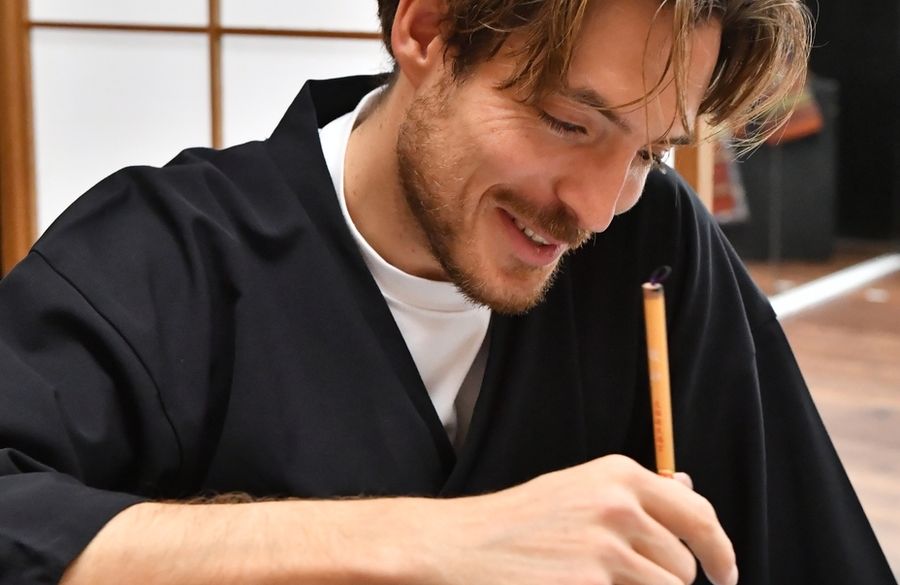
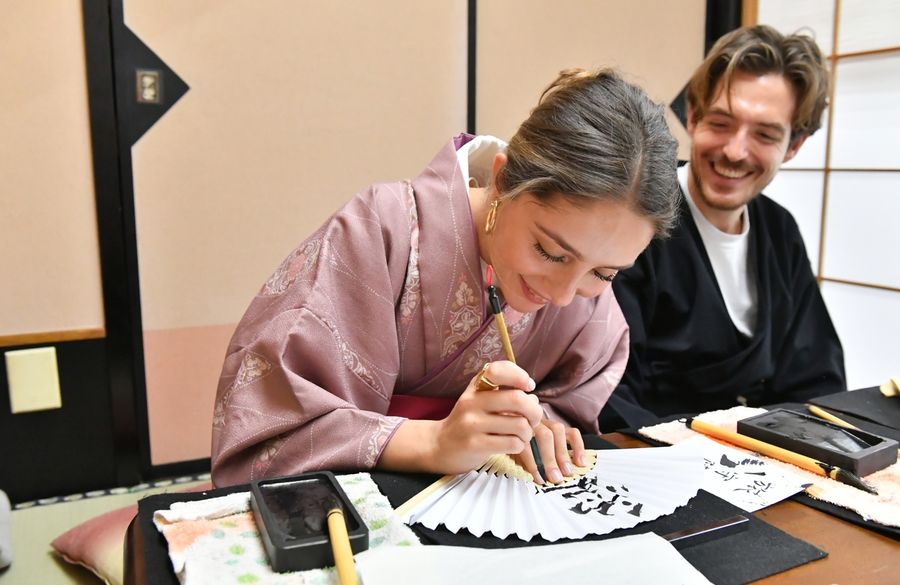
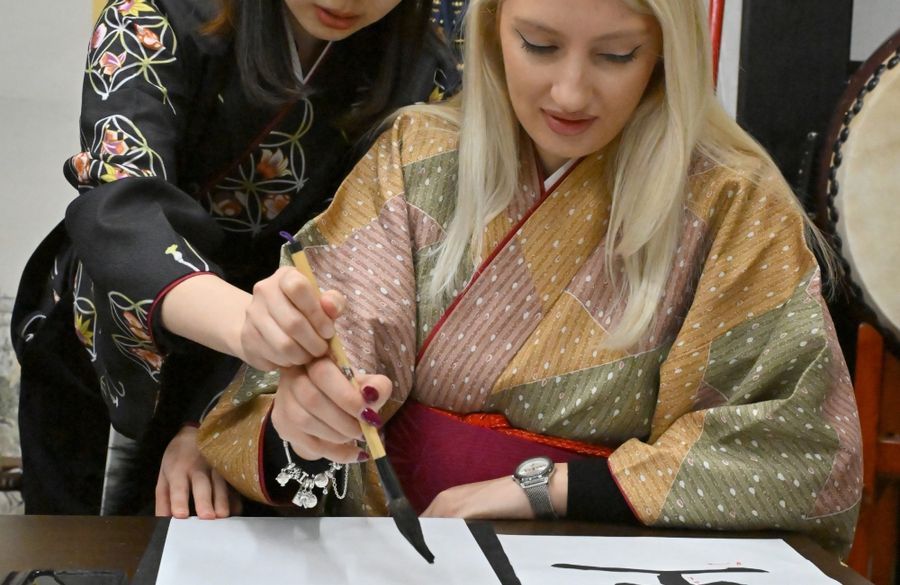
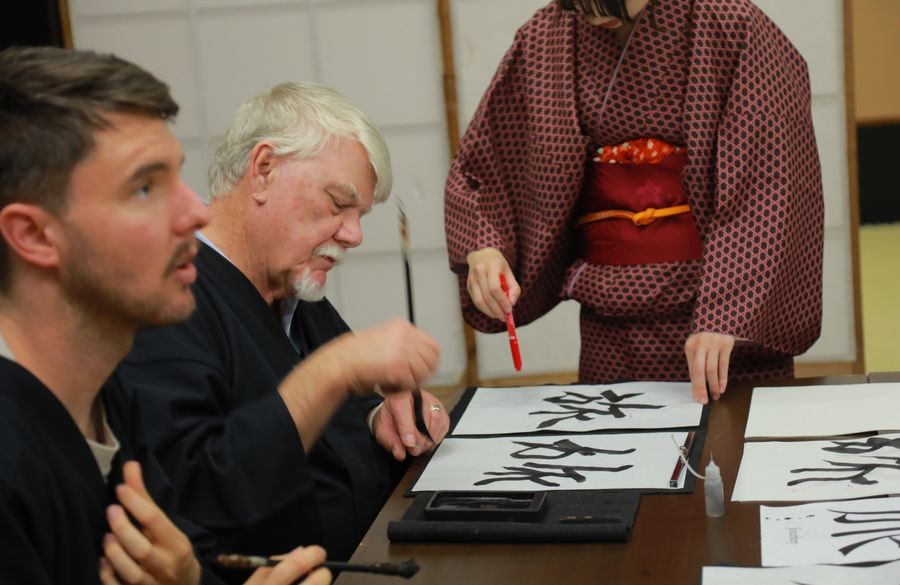
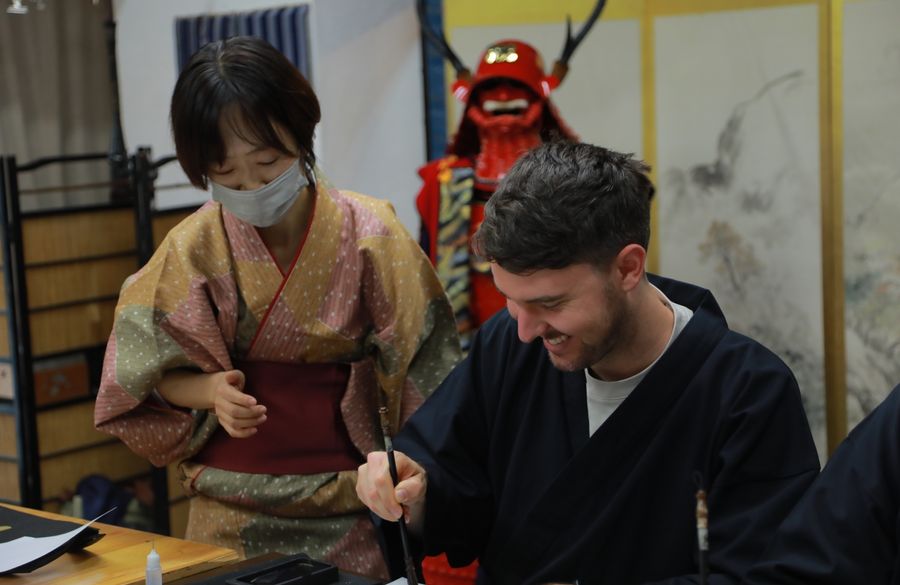
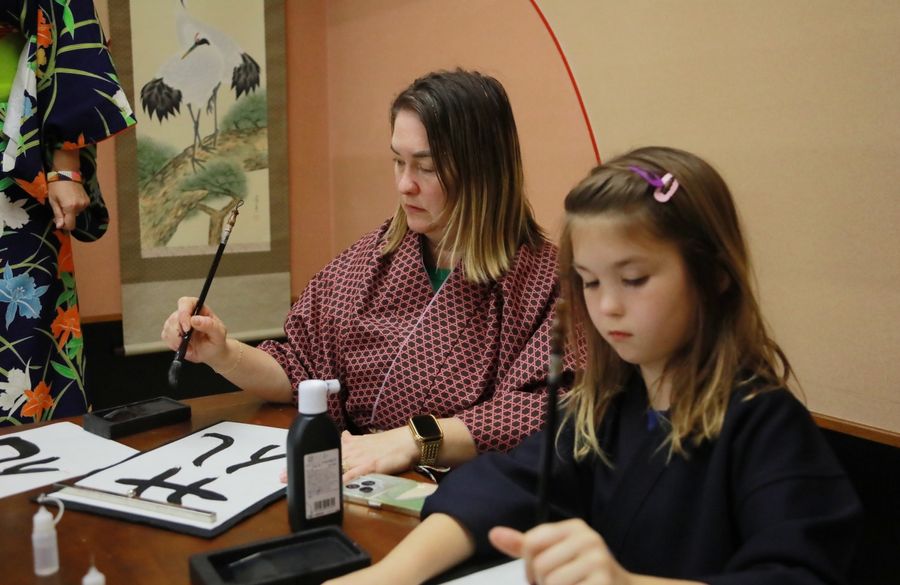
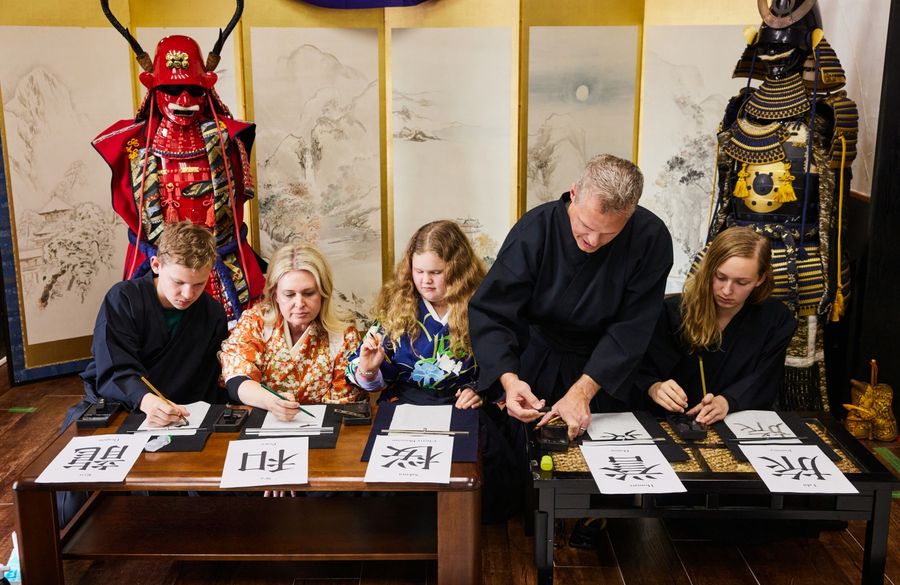
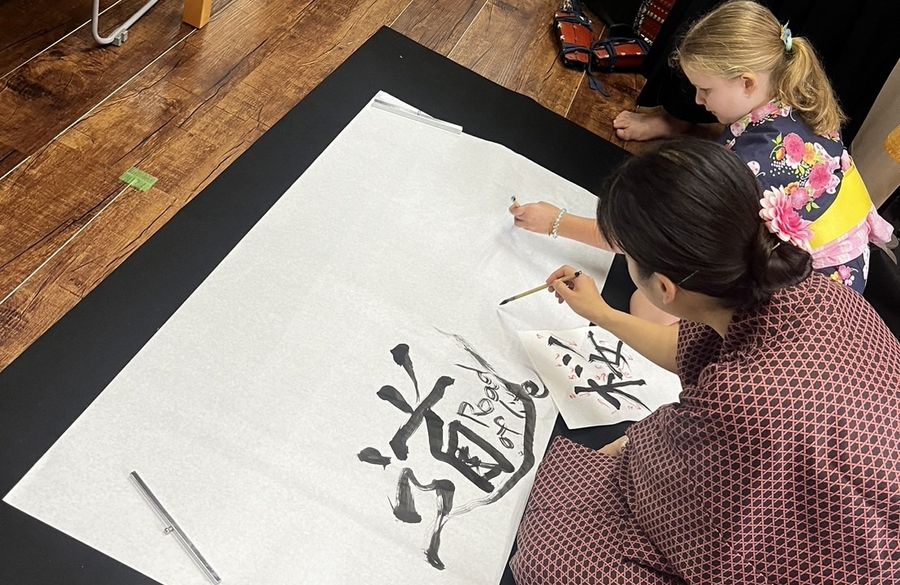
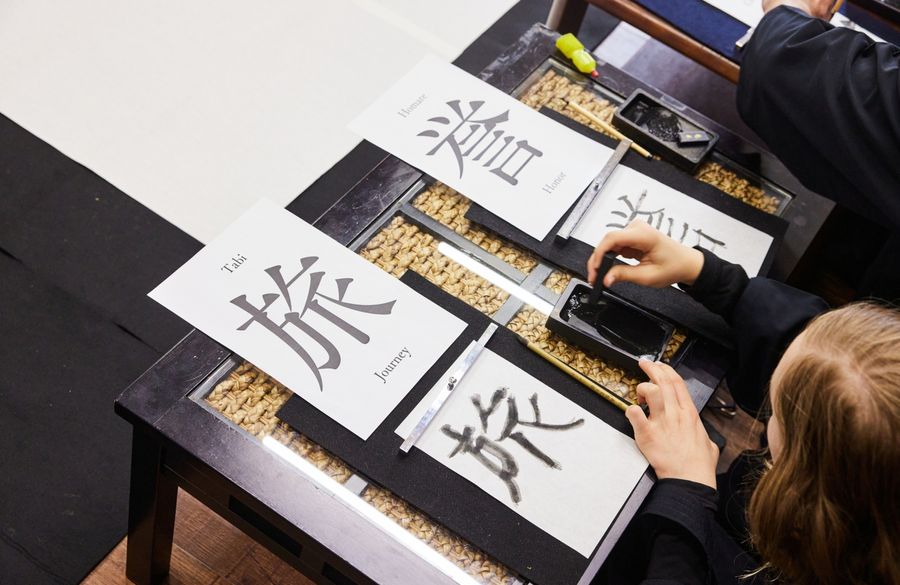
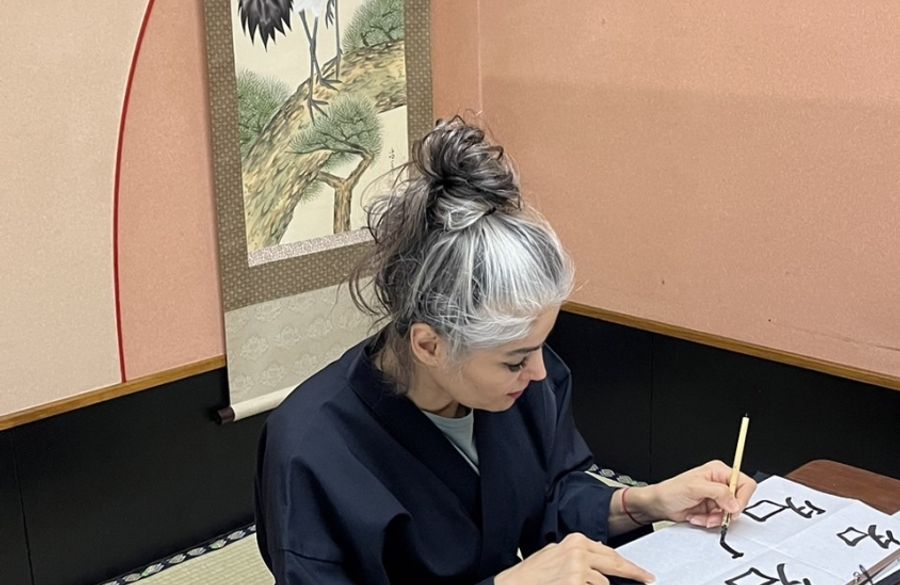
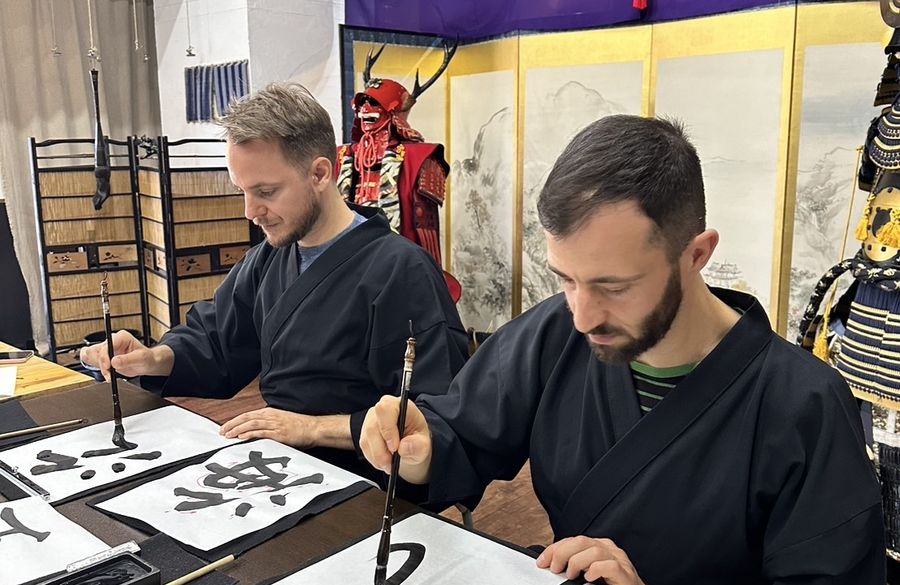
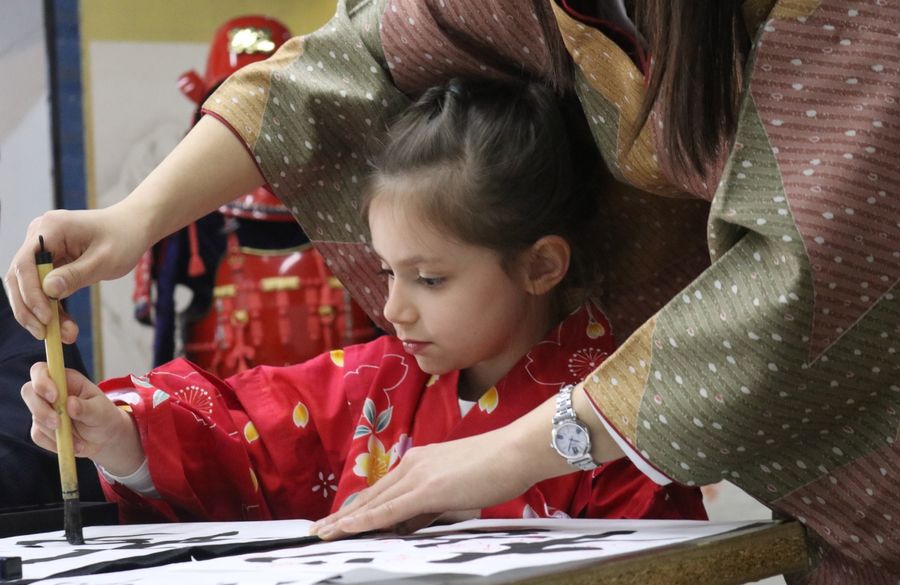
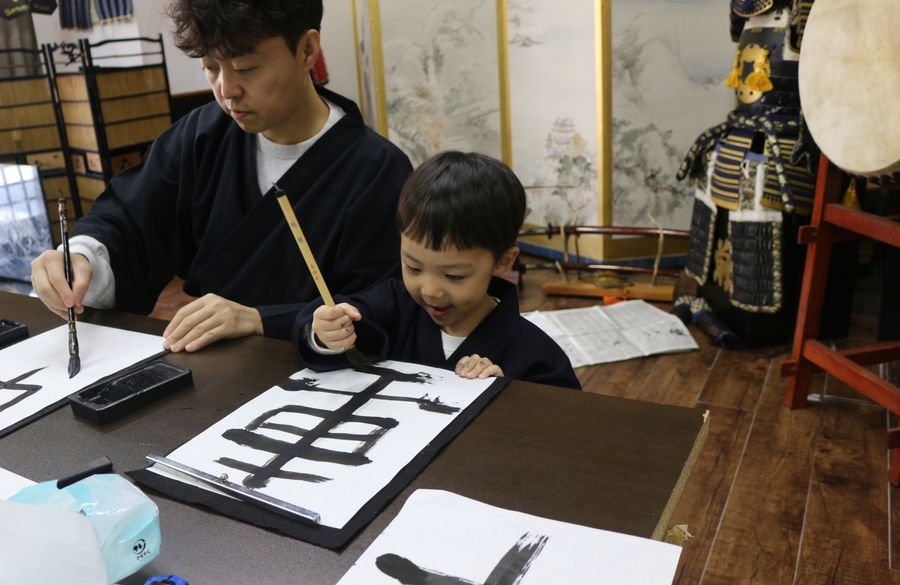
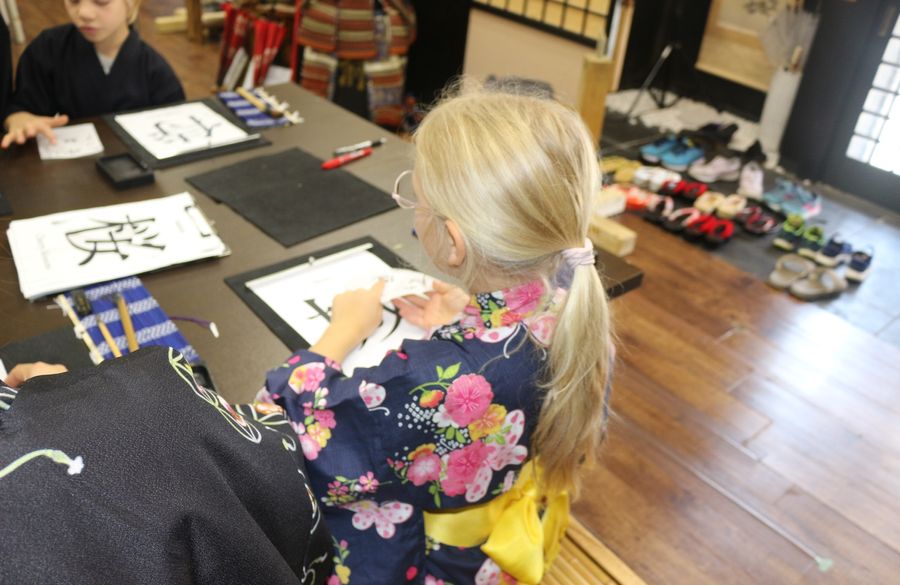
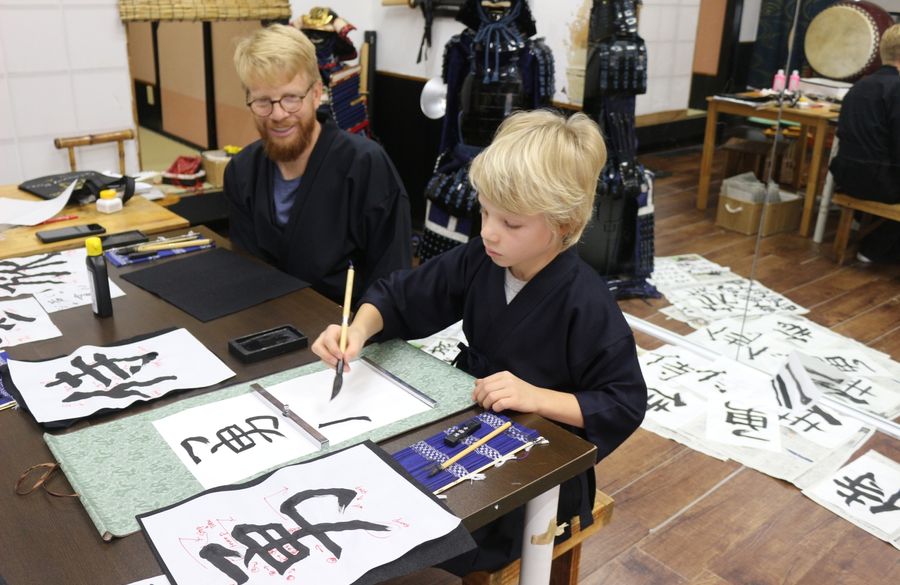
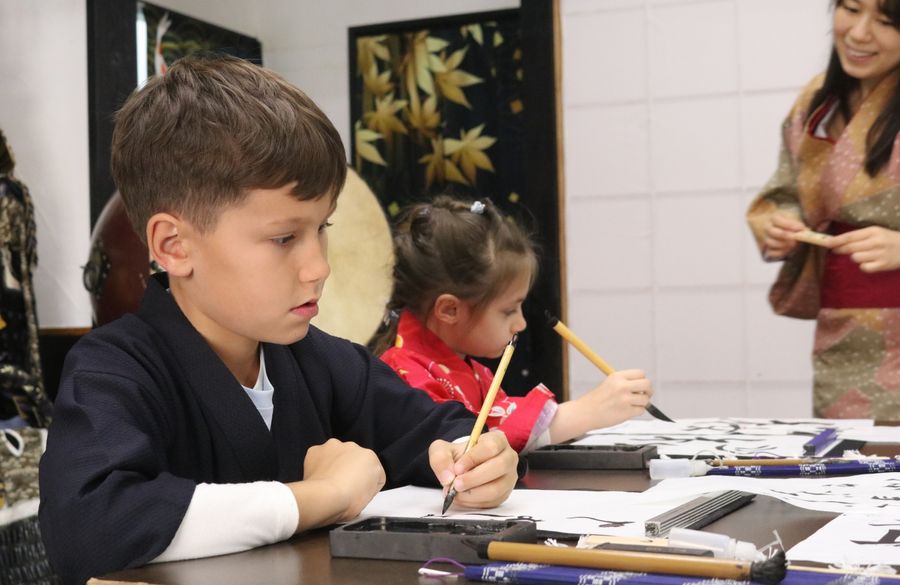
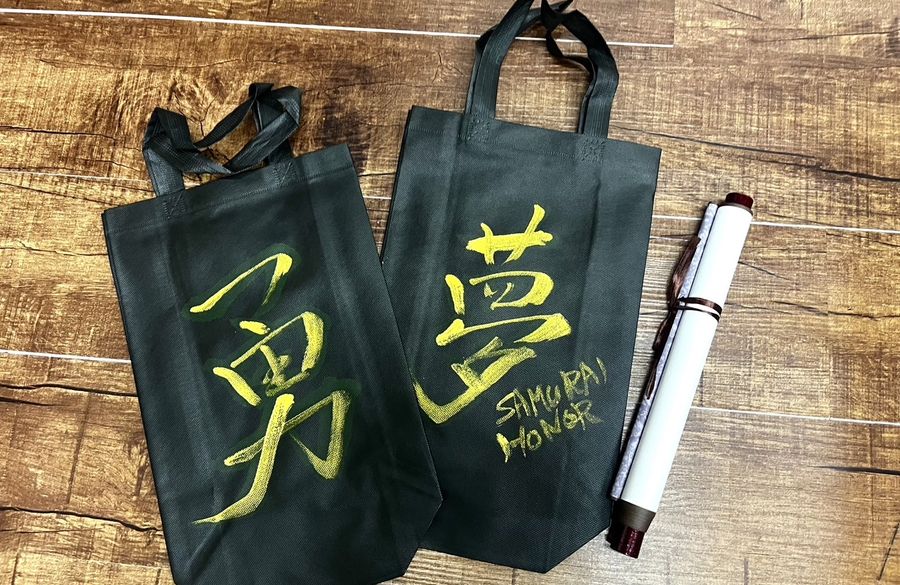

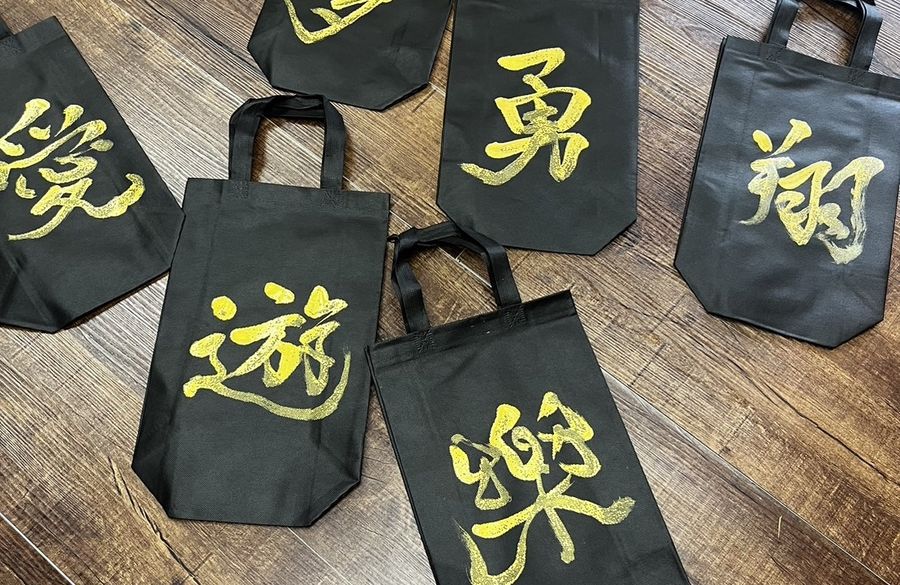
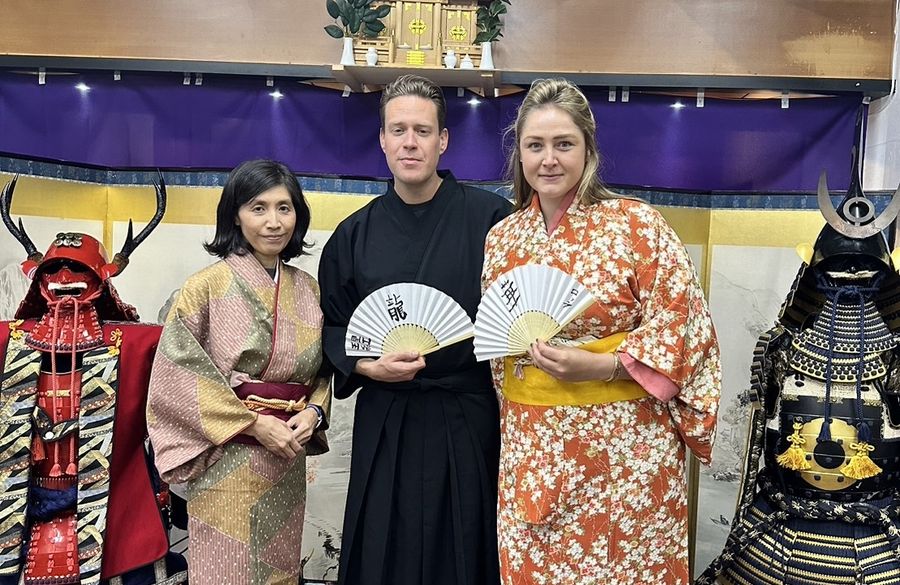
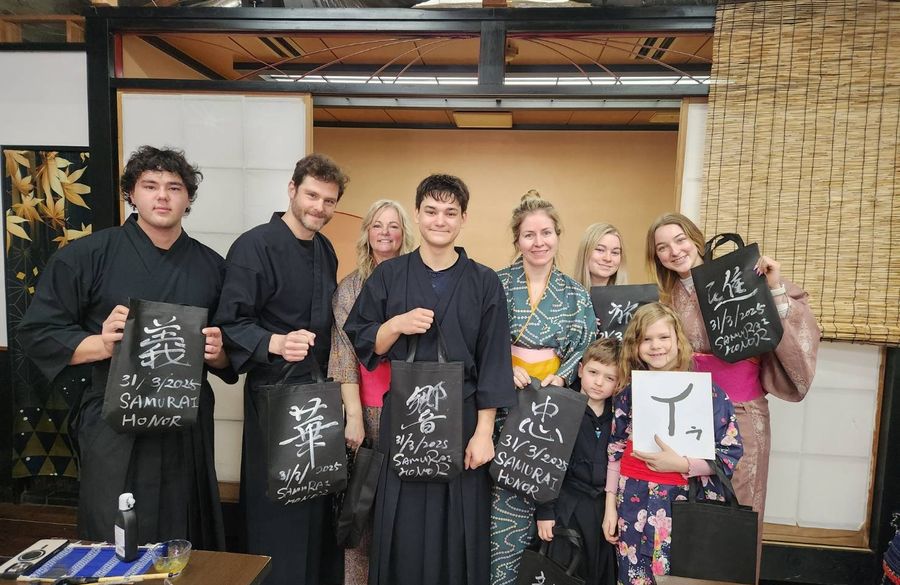
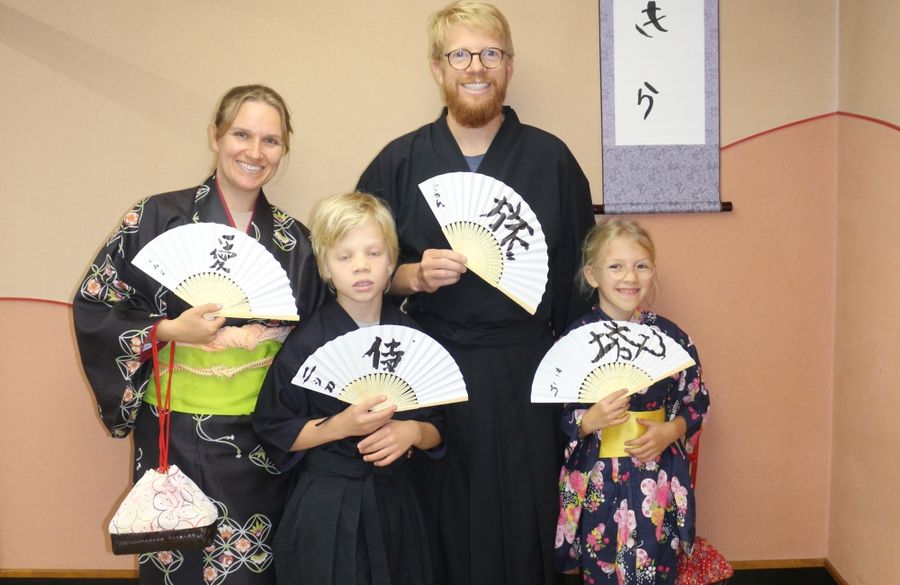

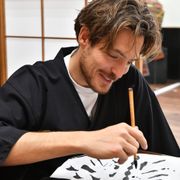 Osaka Castle ➤ Learning Japanese Zen Calligraphy in Kimono
Osaka Castle ➤ Learning Japanese Zen Calligraphy in Kimono